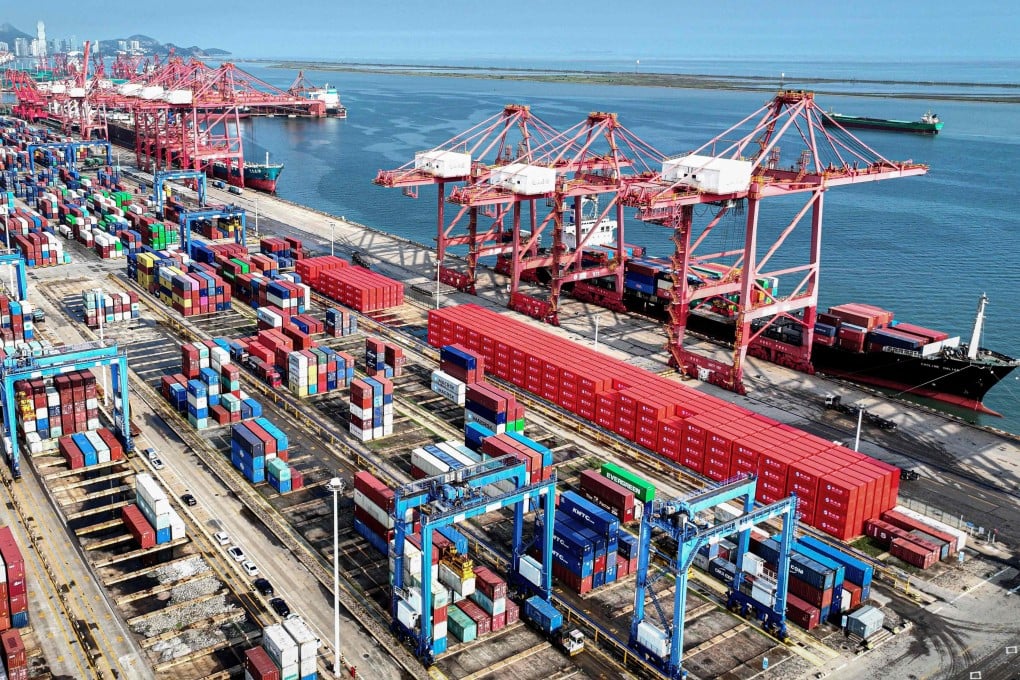
Morocco’s main exported goods
Morocco is a significant exporter in the global market, leveraging its rich natural resources, strategic geographic location, and diverse economic sectors. The country’s main exported goods encompass agricultural products, minerals, manufactured goods, and energy-related items.
1. Phosphates and Derivatives
Morocco is the world’s leading exporter of phosphates, a vital component for fertilizers. The country holds over 70% of the world’s phosphate reserves, which are extracted and processed into fertilizers and phosphoric acid for global agricultural needs. This sector is managed primarily by the state-owned Office Chérifien des Phosphates (OCP), contributing substantially to Morocco’s economy.
2. Agricultural Products
Agriculture is another cornerstone of Moroccan exports, with products such as citrus fruits, olives, and tomatoes being highly sought after internationally. Morocco’s diverse climate allows the cultivation of high-quality produce, particularly targeting markets in the European Union, the Middle East, and Africa.
3. Textiles and Apparel
The textile and apparel industry is a major contributor to Morocco’s export portfolio. Moroccan-made clothing, leather goods, and fabrics are exported to European countries, particularly France and Spain. The sector benefits from its proximity to Europe and competitive labor costs.
4. Automotive Industry
In recent years, Morocco has emerged as a hub for automotive manufacturing and exports. Companies such as Renault and Peugeot have established manufacturing plants, producing vehicles and automotive components for export to Europe, the Middle East, and Africa. This sector reflects Morocco’s growing industrial capabilities.
5. Electrical Components
Electrical and electronic products, including cables and automotive wiring, are another important export category. These products are manufactured in Moroccan facilities by multinational corporations and shipped to markets worldwide, supporting industries like automotive and electronics.
6. Seafood
Morocco’s extensive Atlantic coastline supports a thriving fishing industry, making seafood another major export. Products such as sardines, mackerel, and shellfish are exported globally, with significant demand in Europe and Asia. The fishing industry is vital for Morocco’s coastal communities.
7. Energy and Renewables
While Morocco is not a major energy producer, its focus on renewable energy has positioned it as an exporter of solar technology expertise and components. The country’s investments in solar and wind energy projects, such as the Noor Ouarzazate Solar Complex, have also created opportunities to supply clean energy technology abroad.
8. Handicrafts
Morocco is renowned for its traditional handicrafts, including carpets, ceramics, and leather goods. These items are highly valued in global markets for their artisanal quality and cultural significance, catering to niche luxury markets worldwide.
Conclusion
Morocco’s main exports demonstrate a blend of traditional industries and modern advancements. The country’s strategic economic diversification and global trade relationships, particularly with the European Union, Africa, and the Middle East, have made it a key player in international trade. Continued investments in infrastructure and technology aim to bolster its export potential further.



Leave a Reply